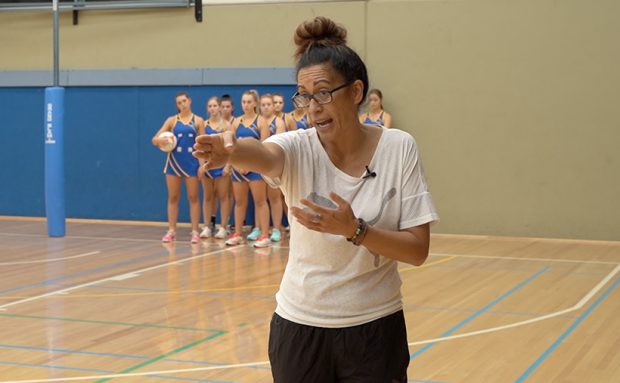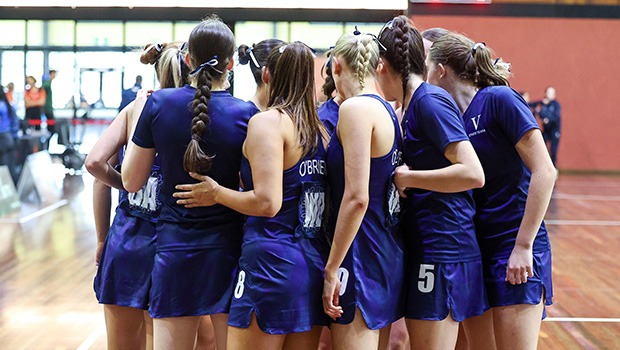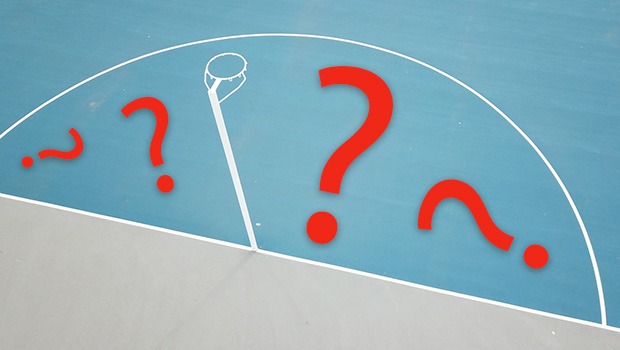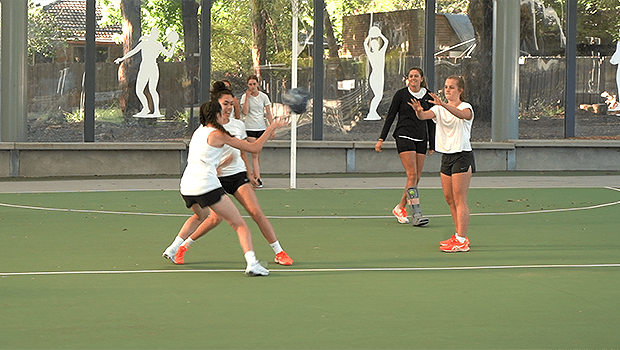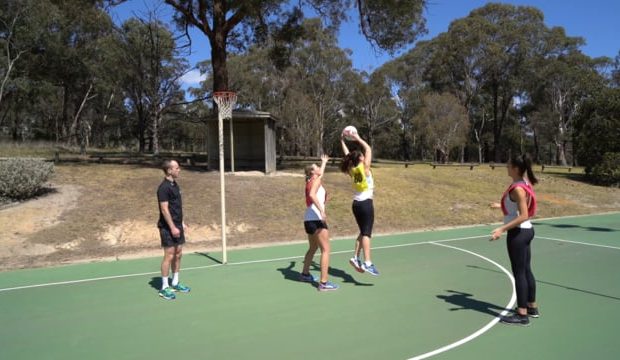How the Silver Ferns used two modes of netball to turn their game around, and how we as coaches can use these modes to win.
- by Heath Brown
Ever had one of those moments where you learn a new way of working as a coach that stops you in your tracks?
The type of lesson you wish you had learned years back?
I recently had one of these lightbulb moments as I observed a state program coach educating her team about something called “modes”. As she scribbled away on butchers paper, I got my iPhone out and shamelessly pinched the framework as she explored what that a team’s “modes” were.
Since learning about it, so much about what makes a winning team has become clearer. I’ve always subscribed to the view that the best teams nail the basics better than most: doing the ordinary in extraordinary circumstances, under any pressure or duress. This first mode I call the “staples”.
But in competitions where everyone is serving up the basics well, the teams with the edge tend to elevate beyond this and shift into higher gears that are required to beat the best.
This second mode I call the “surge”.
The Modes
Under the “modes” framework, the two modes used by the coach are “staples” and “surges” – two carefully planned transitions where the team swings between each for set periods of time. When in “staples” mode, as the name suggests, you are back to basics with a consistent brand of netball that is sustainable and steady. In defence it’s the wear-down factor, while in attack it is designed to tick the score board over using steady and reliable patterns of play. Most of the game is played in “staples” mode.
NEED DRILLS? SIGN UP NOW TO ACCESS MORE THAN 400 COACHING VIDEOS!
When in “surge” mode, however, the whole team is empowered to change their systems up, take risks, lift intensity in workload and come together in packs to take the game on full throttle.
Because of the high demands and potentially chaotic nature of “surge” mode, they are typically short stints designed to shock and overpower oppositions into error, causing maximum impact on the scoreboard to build a lead or recover a deficit. It also brings positive unpredictability into your brand of netball, showing you’re not a one-trick team and therefore hard to plan against.
Modes and Mindsets
It is important to equip your players with mindsets that fit each mode. When in “surge” mode, it is about having supercharged focus, expanded intensity and almost animalistic intent. When in “staples”, it is about being hyper alert while concentrating on the process.
Teaching players the thoughts and behaviours that get them into these states is critical. For example, “surge” mode needs a loud bench and vocal combinations to lift, while “staples” mode has more measured communication. Like the old adage says, sport is 90% mental and the modes certainly stay true to this.
Mode Planning
To be successful, every player must know which mode the team is in, as maximum success comes when all players are in sync. Players need to know the when, what and how the modes are invoked.
For example, in the recent Constellation Cup series it was clear that in “surge” mode the ferns were backing themselves for quick-release long circle feeds, throwing them back to back instead of the usual short and sharp pass work they do in “staples” mode. It was a change-up that stunned the Aussie defence and had them chasing.
NETBALLTRIALS.COM: CHECK OUT OUR GAME-CHANGING WEBSITE TO HELP WITH YOUR TRIALS!
It was a masterclass in supercharging the intensity of a match to leave your opposition shell shocked. And while the Ferns frontline had the ball on a string, the defence matched their surge by packing into zones built to force high balls so they could hunt intercepts.
Modes vs Set Plays
Offensive set plays or defensive structures are both things we put in our playbook as coaches. These are mostly sets of skills in sequences and systems that guide our team on different ways to run the ball or stop our opposition.
Some some set plays and structures lend themselves to the two modes I’ve outlined above. But modes go beyond this as they are first and foremost about shifts in mindset and intensity levels.
Responding to Modes
As a coach, we also have to spot and plan responses to both modes. Most of us are good at spotting the staples of another team – eg how that team plays a moving circle in attack or guards space in defence. What is tougher is spotting a surge. Knowing how to spot a surge allows players to adjust faster, realise it’s a mode change and weather the storm, rather than freak out. If you study the tapes well enough you can see timings and tactics in a team’s modes, and just how different they are.
Conditioning for the Modes
You can’t earn the right to play the modes until you have nailed your fitness. The endurance and agility demands of “staples”, combined with the strength, power and speed of a “surge” requires optimally conditioned athletes. That’s why Silver Ferns coach Noeline Taurua’s much-publicised fitness standards have been a game-changer for her team since she took over the national side – they have the legs to run out the modes, rather than be worn down by the Aussies.
Surge Players
Different style of players lend themselves to each of the modes, meaning some will present more as “surge” players than “staples” and vice versa. For example, line-breaking WAs like the Browne sisters or Maddie Proud are, in my view, the critical element in frontline surges but a Liz Watson is more natural in the staples mode.
In addition, a tall target under the post or a long bomber both make it easier to surge as there is generally faster and more efficient passages to post. The key is teaching your athletes how to switch between modes so they don’t stick to their default (eg cool the jets of surge players so they can play as staples, and light the fire underneath staples so they can surge).
Mode-maker Examples
Watching the most recent Constellation Cup, it was my view that the Ferns won by nailing the surges. Australia dominated play early in most matches because their “staples” netball was generally better. But they didn’t appear to have a “surge” mode themselves, or the ability to respond to a rampant Ferns who were playing like women possessed while in that mode. And wasn’t it amazing to see the kiwi girls playing netball like that? It was scary good.
In fact, as I reflected on the Vixens’ win of 2020 and Swifts’ of the year prior – their ability to nail the two modes was just as evident. Even dating back to when the Diamonds were untouchable in the ’90s, they owned the modes no matter where the scoreboard was at.
With the Super Netball season upon us, let’s keep our eyes peeled for the modes and which teams are able to nail each of them. Even better, spot the tactics and tricks the best coaches in the world use in each mode and see if you can include them in your own premiership campaign!
Heath Brown is a former Australian Men’s team captain and elite level coach in both Victoria and New South Wales, who now specialises in corporate innovation and leadership.
